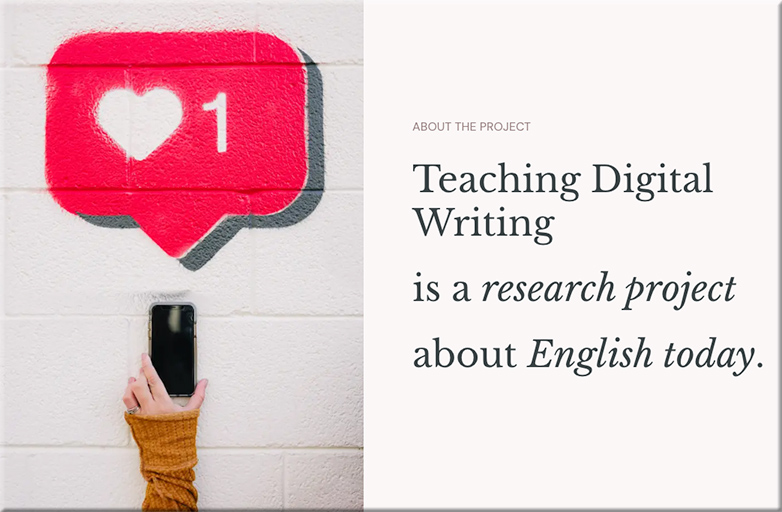OpenAI announces leadership transition — from openai.com
Chief technology officer Mira Murati appointed interim CEO to lead OpenAI; Sam Altman departs the company. Search process underway to identify permanent successor.
Excerpt (emphasis DSC):
The board of directors of OpenAI, Inc., the 501(c)(3) that acts as the overall governing body for all OpenAI activities, today announced that Sam Altman will depart as CEO and leave the board of directors. Mira Murati, the company’s chief technology officer, will serve as interim CEO, effective immediately.
…
Mr. Altman’s departure follows a deliberative review process by the board, which concluded that he was not consistently candid in his communications with the board, hindering its ability to exercise its responsibilities. The board no longer has confidence in his ability to continue leading OpenAI.
…
As a part of this transition, Greg Brockman will be stepping down as chairman of the board and will remain in his role at the company, reporting to the CEO.
From DSC:
I’m not here to pass judgment, but all of us on planet Earth should be at least concerned with this disturbing news.
AI is one of the most powerful set of emerging technologies on the planet right now. OpenAI is arguably the most powerful vendor/innovator/influencer/leader in that space. And Sam Altman is was the face of OpenAI — and arguably for AI itself. So this is a big deal.
What concerns me is what is NOT being relayed in this posting:
- What was being hidden from OpenAI’s Board?
- What else doesn’t the public know?
- Why is Greg Brockman stepping down as Chairman of the Board?
To whom much is given, much is expected.
Also related/see:
OpenAI CEO Sam Altman ousted, shocking AI world — from washingtonpost.com by Gerrit De Vynck and Nitasha Tiku
The artificial intelligence company’s directors said he was not ‘consistently candid in his communications with the board’
Altman’s sudden departure sent shock waves through the technology industry and the halls of government, where he had become a familiar presence in debates over the regulation of AI. His rise and apparent fall from tech’s top rung is one of the fastest in Silicon Valley history. In less than a year, he went from being Bay Area famous as a failed start-up founder who reinvented himself as a popular investor in small companies to becoming one of the most influential business leaders in the world. Journalists, politicians, tech investors and Fortune 500 CEOs alike had been clamoring for his attention.
OpenAI’s Board Pushes Out Sam Altman, Its High-Profile C.E.O. — from nytimes.com by Cade Metz
Sam Altman, the high-profile chief executive of OpenAI, who became the face of the tech industry’s artificial intelligence boom, was pushed out of the company by its board of directors, OpenAI said in a blog post on Friday afternoon.
From DSC:
Updates — I just saw these items
.
Sam Altman fired as CEO of OpenAI — from theverge.com by Jay Peters
In a sudden move, Altman is leaving after the company’s board determined that he ‘was not consistently candid in his communications.’ President and co-founder Greg Brockman has also quit.

















